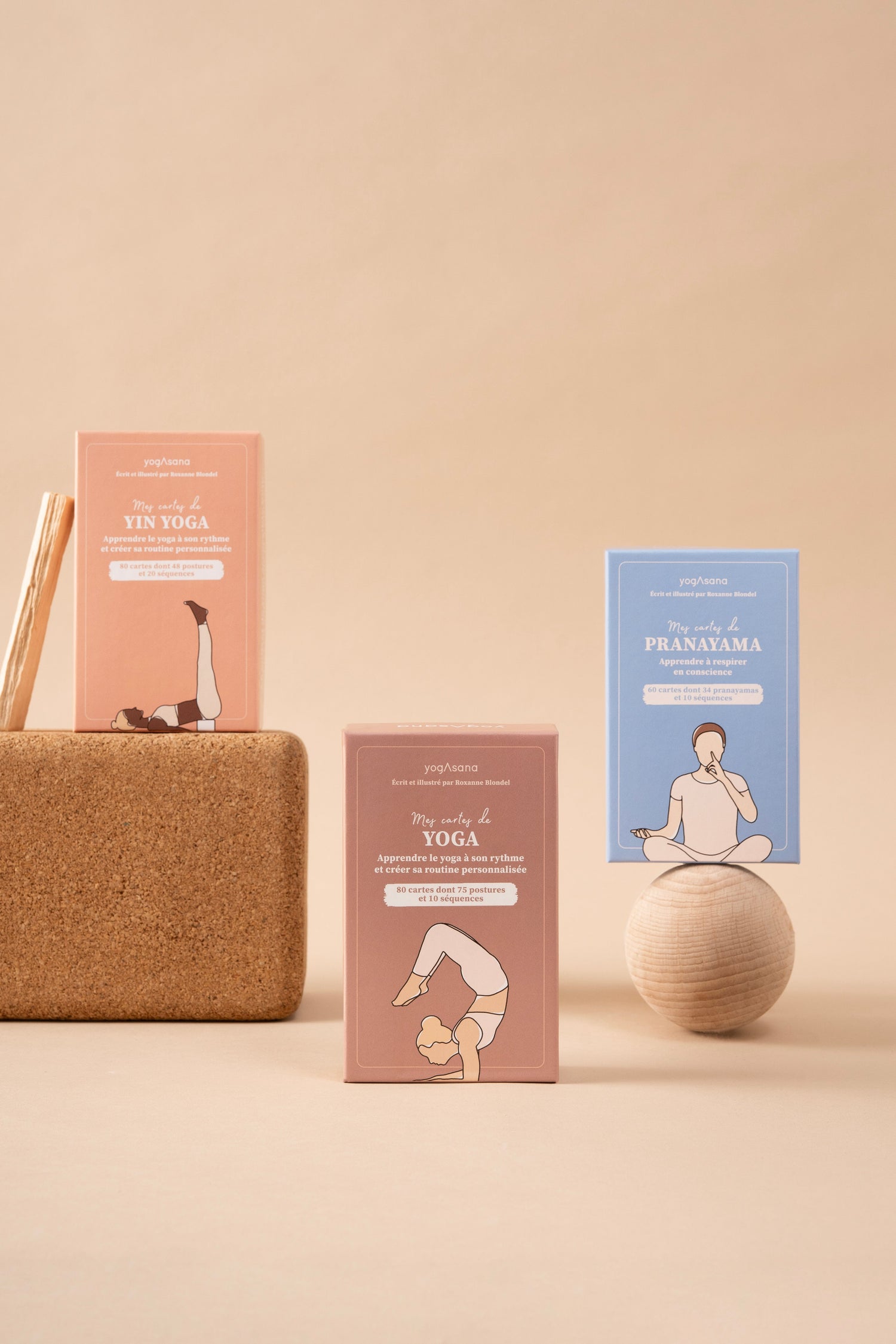What is Yin Yoga?
In a world where everything goes too fast, Yin Yoga is a true praise of slowness. A mix of Indian and Chinese traditions, it offers a gentle practice, but one that can also make you expand your comfort zone.
Definition of Yin Yoga
Contrary to what one might think, Yin Yoga is recent since it was born in the 1990s . It draws its teachings from Indian yoga, of course, but also from Taoism and Chinese medicine. From the latter, it borrows the principles of the meridians, which it stimulates through certain postures. The practice is gentle and not very rhythmic: the yogi remains in each asana for several minutes. This slowness gives it its name of "Yin" (linked to immobility), as opposed to "Yang" (the energy of action).
What are the benefits of Yin Yoga?
The time spent in each posture targets the connective tissues (tendons, ligaments, fascia) and restores their elasticity. It is also a good way to improve suppleness and flexibility . Stimulating the meridians, which connect the organs together, promotes their health and the functioning of the digestive and immune systems. Each session is practiced calmly and at your own pace. This helps activate the parasympathetic system, which is responsible for releasing muscle tension. At the same time, the practice inhibits the sympathetic system, which is responsible for stress. A perfect practice for those who have trouble letting go of their minds!
Who can practice Yin Yoga?
In principle, Yin Yoga does not require any level of practice . The teacher will offer you options for each asana. It is very common to use accessories (bolster, strap, etc.) to be comfortable and hold for several minutes. Very often, the challenge is to remain still in uncomfortable postures. But if you succeed, you will be able to reach a state of deep and pleasant meditation.
Use the YOGASANA card game to compose your own Yin Yoga sequence!
Here are some perfect poses to start with, to hold for 3 to 5 minutes:
- Child's Pose
- The frog
- The twist on the back





1 comment
cet article est très intéressant ;merci pour toutes ces informations.